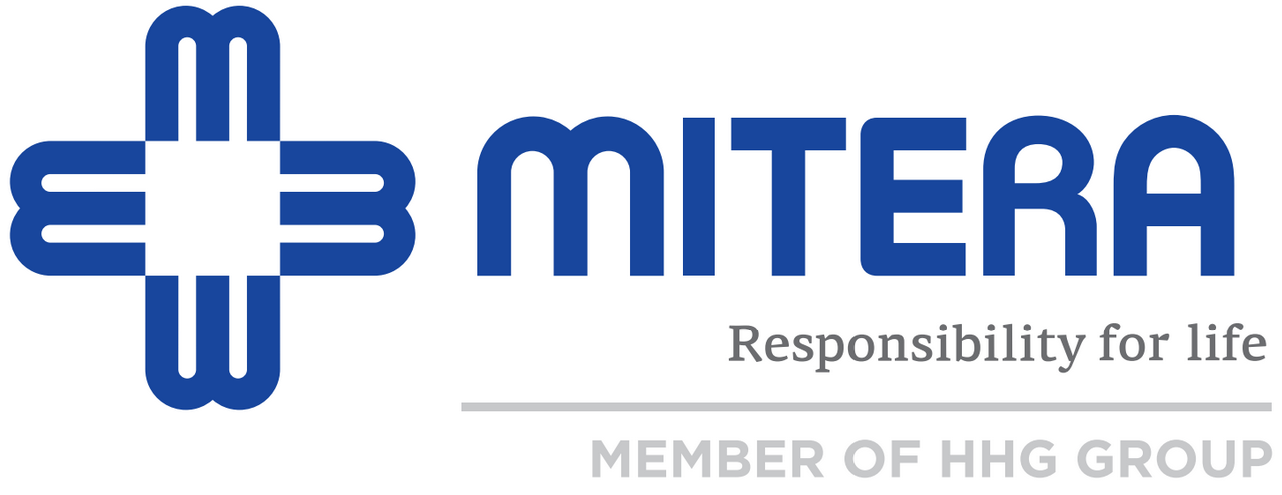Umbilical Cord Stem Cells: The Gate to Molecular Medicine
There is a great possibility of treating main neuromuscular diseases such as Alzheimer and Parkinson’s as well as heart diseases with stem cell transplant nowadays.
Up to today, more than 6,000 stem cell transplants have been performed worldwide to compatible recipients that have leukaemia, genetic or neoplasmatic diseases and haematological disorders, while during the last three years according to more than 200 clinical trials that were conducted on a global level, umbilical cord stem cells have been used to treat diseases of the spinal cord, diabetes type I, strokes and “Krabbs” disease.
The abovementioned issues were the focal points of the Press Conference and the Scientific Event that was held by the HYGEIA – MITERA – LITO Group, on Tuesday, July 10th 2007, on the occasion of the visit by Dr. David Matzilevic, Scientific Director of the New England Cord Blood Bank Inc. and Associate Professor of the Harvard Medical School.
New England Cord Blood Bank Inc. is one of the most experienced and largest cord blood banks in the USA and in cooperation with the HYGEIA – MITERA – LITO Group and the companies “Euroconsultants S.A.” and Minmax Health Ltd. have created stem cell banking company “Stem-Health S.A.”.
As it has been announced already, the goal of Stem-Health S.A. is to create an international network of stem cell banks, which meets the highest standards and is approved by the American Association of Blood Banks (ΑΑΒΒ) with exclusive cooperation with 23 countries in Eastern Europe and Middle East. Through these banks, parents will be able to store in their own country the stem cells of their newborn children.
The goal of Mr. Matzilevich’s visit, among others, is to promote cooperation on a research level between the New England Cord Blood Bank Inc and Stem-Health S.A, to treat thalassemia and sickle cell anaemia.
As Mr. Matzilevich stressed the ability of the polyvalent umbilical cord stem cells to pass the borders between the cell lines, will redefine and direct the future of molecular as well as regenerative medicine.


